13 of the Most Popular Photos in NASA’s Archive
![]()
NASA revamped its Image and Video Library website in 2017 to make a massive trove of free imagery available to the public in high resolution. Here’s a look at 20 of the most popular shots in NASA’s photo collection.
#1. Earth
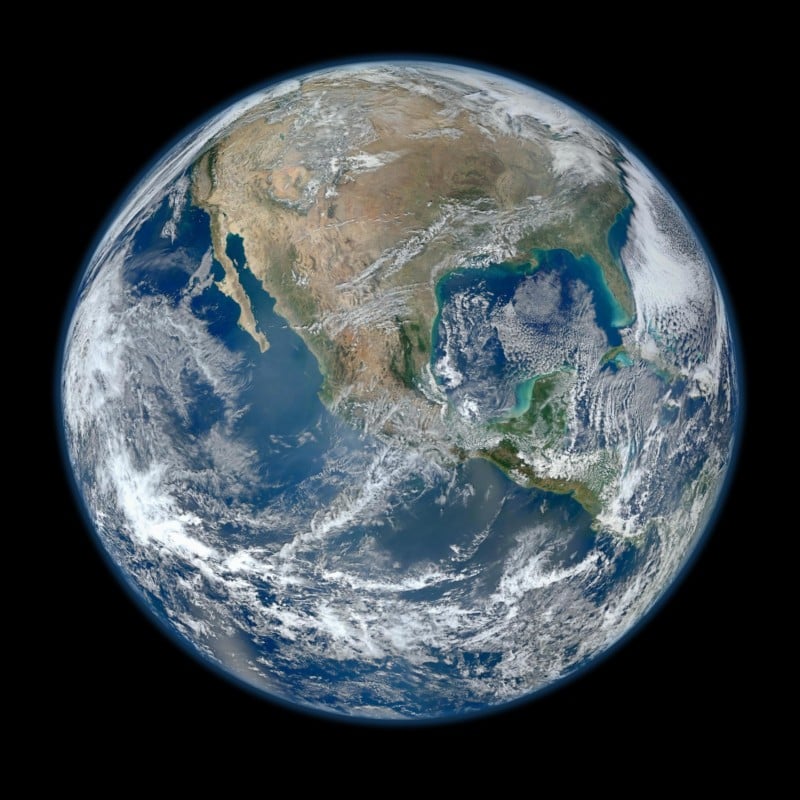
#2. Milky Way
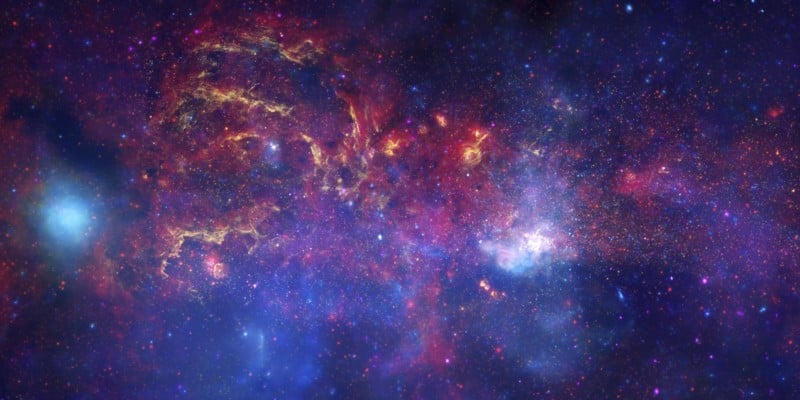
#3. Jupiter’s Auroras
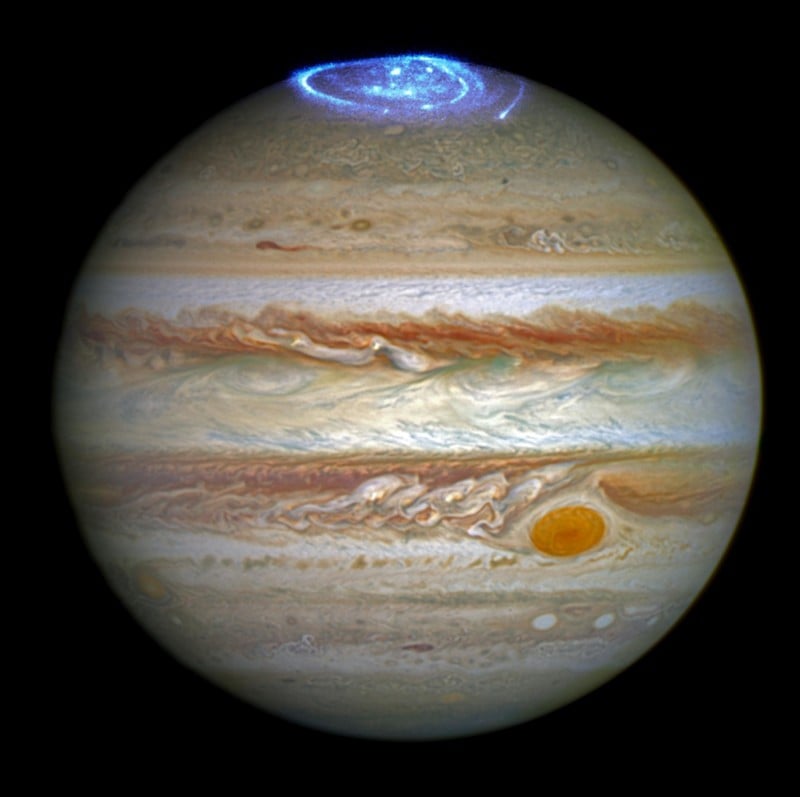
#4. The Sword of Orion
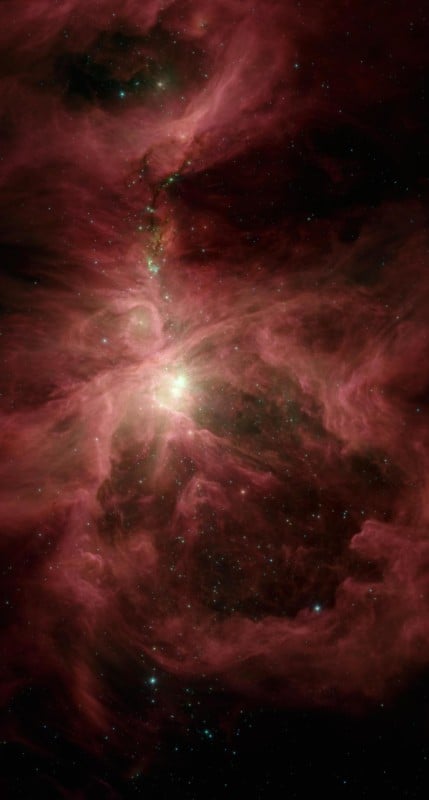
#5. Pathfinder on Mars
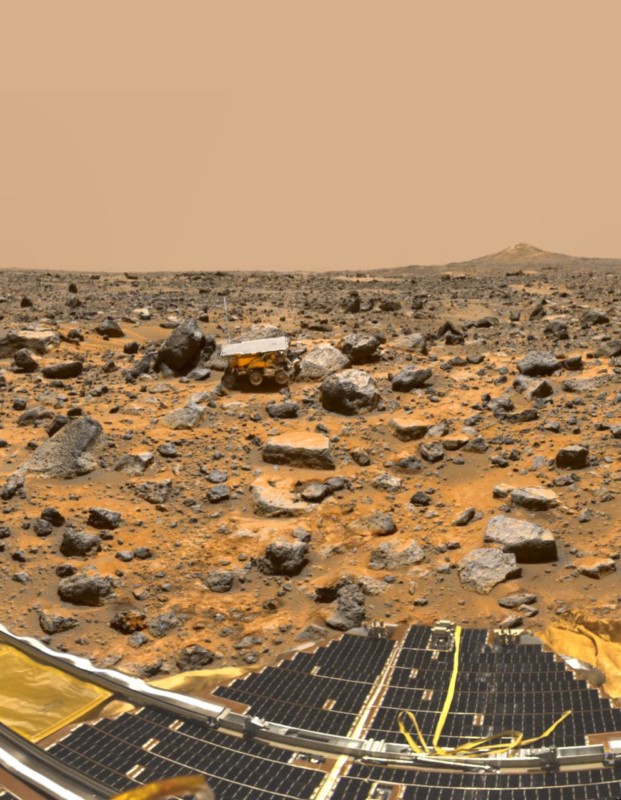
#6. Earth and the Moon from a Million Miles Away
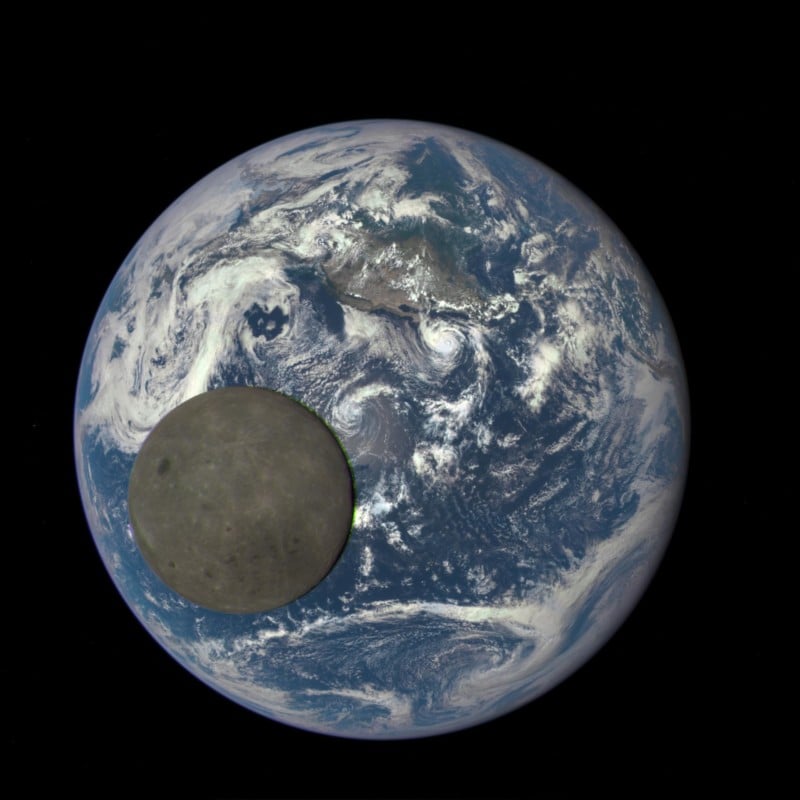
#7. Andromeda Galaxy
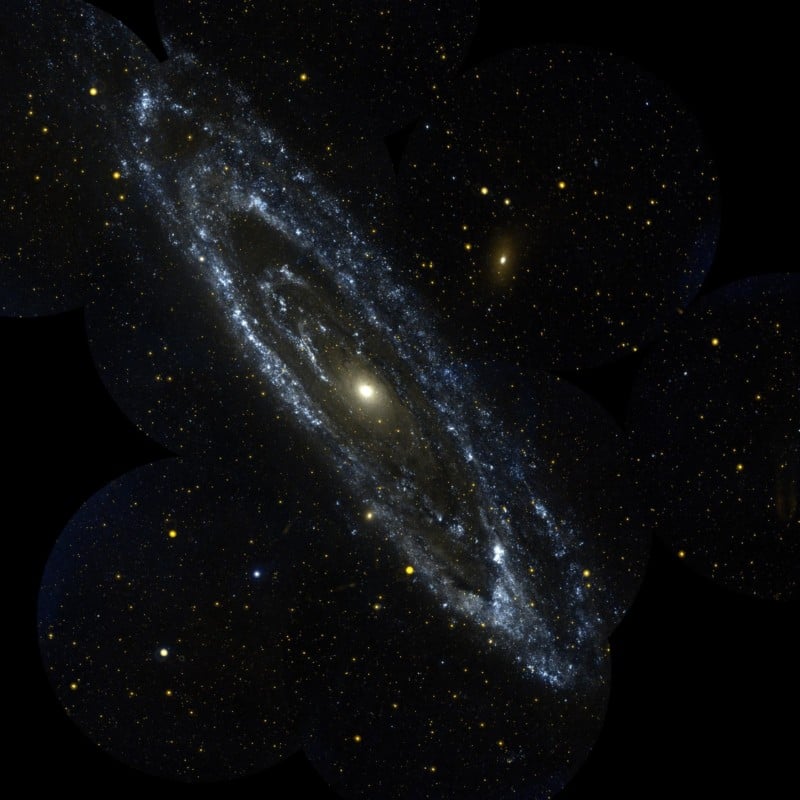
#8. Thermal Protection System Testing
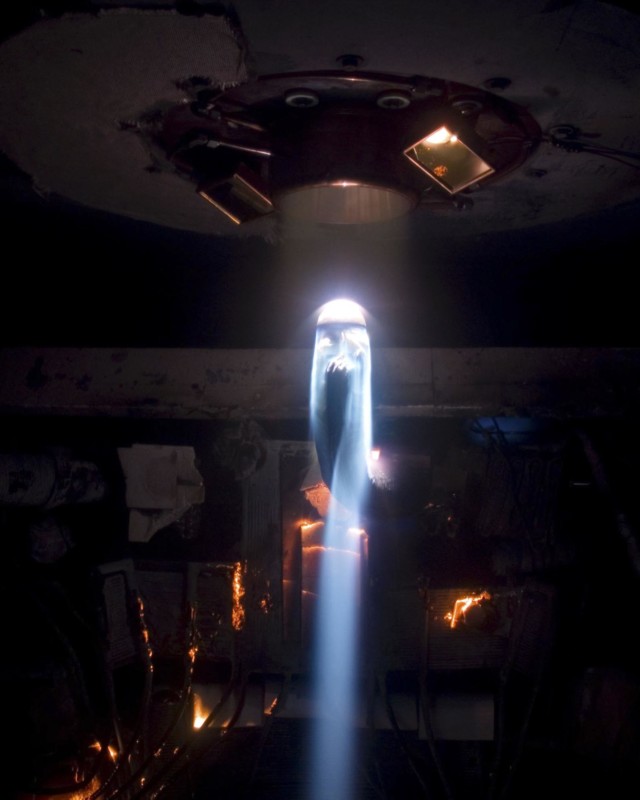
#9. Mystic Mountain
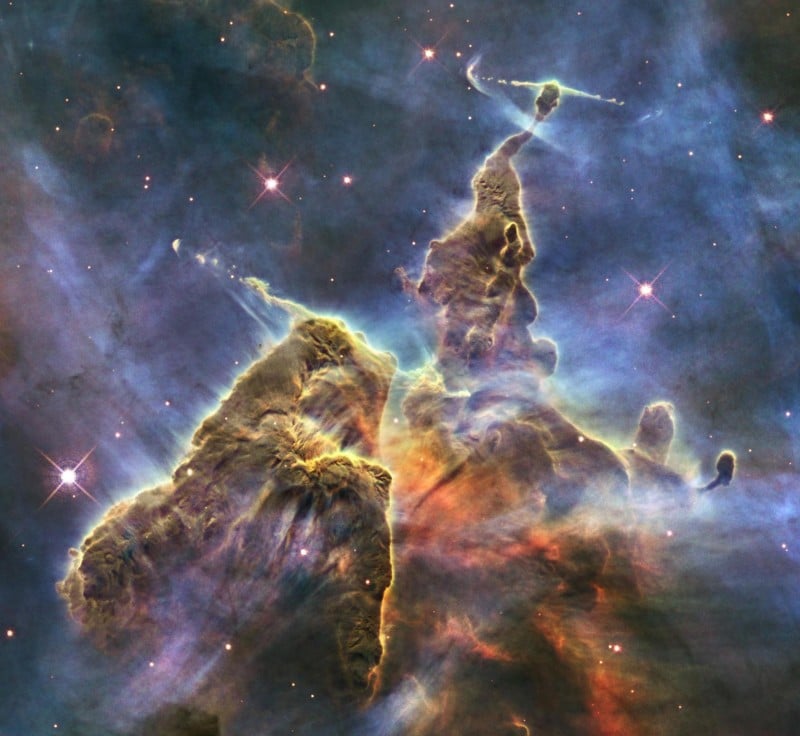
#10. First American Space Walk
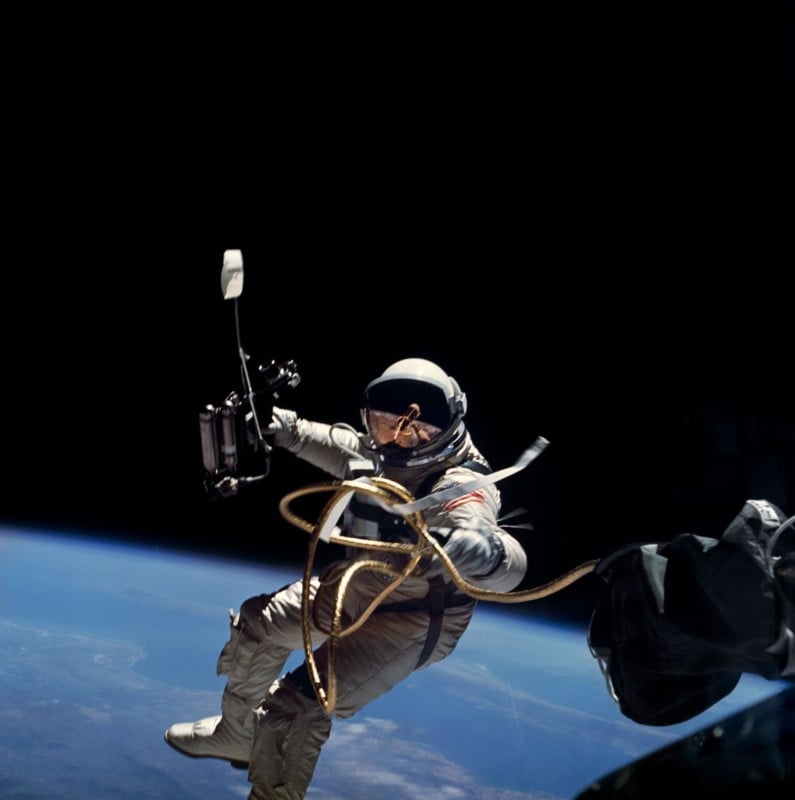
#11. A Salute on the Moon
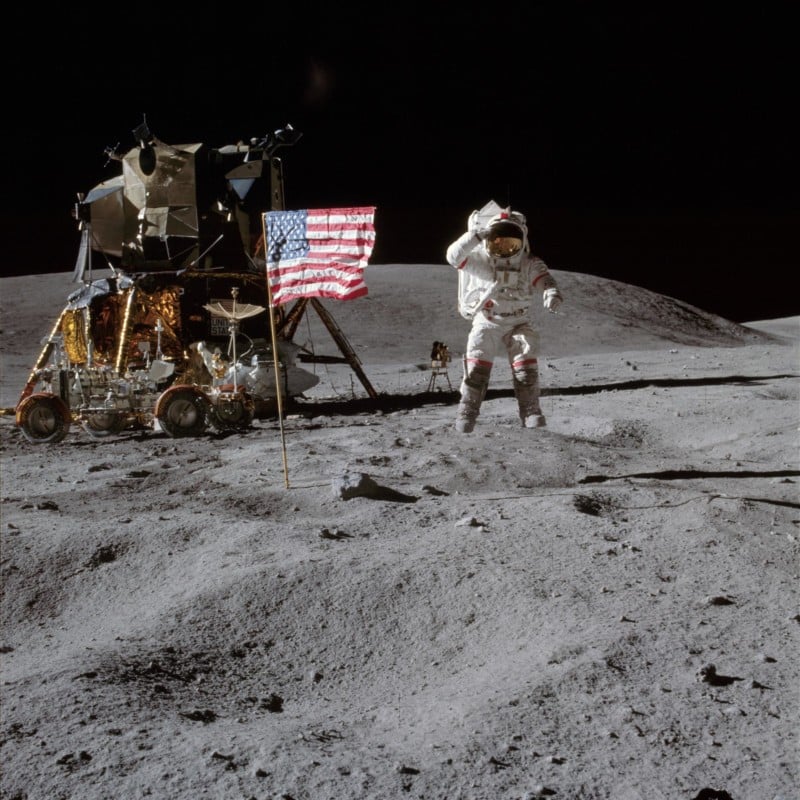
#12. Buttes on Mars
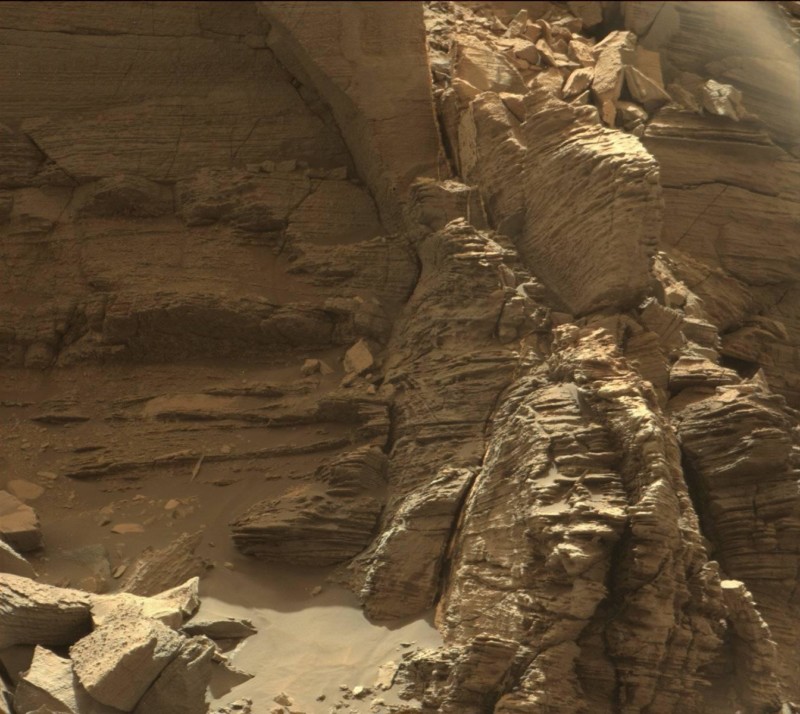
#13. Earthrise
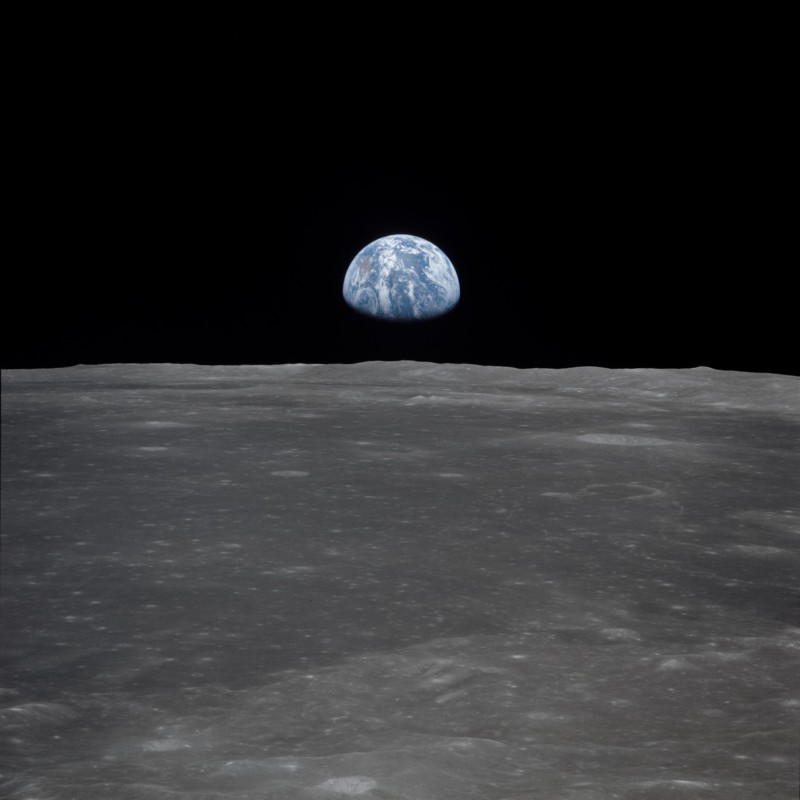
If you’d like to browse the NASA collection for yourself, head on over to the NASA Image and Video Library. Be warned, though: it’s a black hole of eye-popping imagery that’ll suck you in and make you lose your sense of time.
Discussion